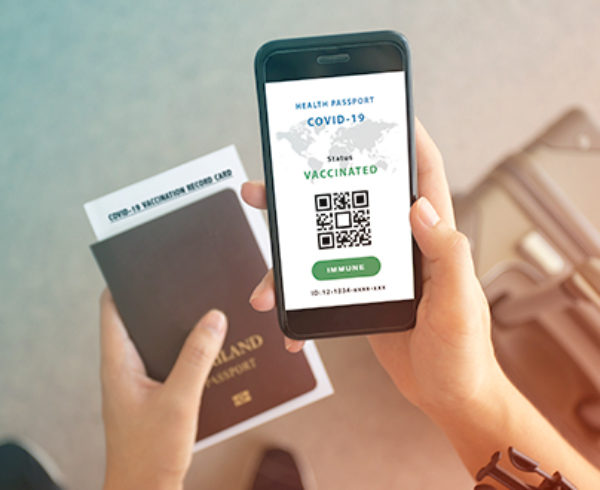All companies have a duty of care obligation to their travelers. Your online booking tool can help you live up to that responsibility and ensure business travel continuity during crises.
Thriving businesses often send their employees across the country and around the world in pursuit of new opportunities or to provide service to existing clients, customers and users. When the unexpected occurs, its essential that these businesses live up to their duty of care responsibility by ensuring business travel continuity. And online booking tools (OBTs) can be essential resources in that effort.
Are you looking to establish or improve your risk management and duty of care policies, processes and procedures? Here’s a look at the steps to ensuring business travel continuity, plus information on how your OBT fits into each one.

1. Preparation
It’s almost impossible to predict all of the potential emergencies that could affect your Travelers. There’s always the chance of an illness, a natural disaster or civil unrest. But, for example, who could have predicted COVID-19 and its sudden impact on business travel?
But it’s important to design business travel systems that at least try to anticipate a wide range of emergencies. When the right processes, people and tools are in place to respond to emergencies, things can run smoothly — even when the unexpected occurs.
Your OBT is one of the most important tools to have in place for business travel continuity. As you consider establishing or replacing an OBT, consider the authorization levels you will need, the Traveler tracking capabilities, management of no-go zones and communication features that will be needed in a crisis.
2. Communication
Communication is priority No. 1 during an emergency. It’s important that you have in place an OBT that promotes easy communication with your Travelers no matter where they are in the world. And it’s just as important that your Travelers know how to use your OBT’s communication tools.
To prepare for business travel continuity during an emergency, consider:
- Planning trainings for your Travelers
- Running simulations of emergencies to test communications
- Keeping emergency contact information in a centralized place
- Creating a process for communication should phones and email be unavailable
- Establishing an emergency fund that Travelers can access to matter where they are
Again, it’s impossible to anticipate every crisis that may occur, but the ideas listed above will help you and your team prepare to the greatest extent possible.
3. Visibility
Travel Managers and the companies they represent should always know their Travelers’ itineraries and where their travelers are located at any given time. This is one of the most effective ways to reduce travel-related risks. And the right OBT can help provide the needed visibility.
4. Facilitation
Companies should consider whether or not they have the internal resources to facilitate business travel continuity. In many cases, it’s best for a company to handle business travel continuity in tandem with an experienced travel management company (TMC).
At JTB Business Travel, we are the TMC of choice for businesses large and small. We can provide expert guidance when you’re choosing the right OBT to meet your needs, and we can also partner with your business to ensure business travel continuity and the fulfillment of your duty of care responsibility. Contact us today to learn more about choosing the right OBT and ensuring business travel continuity.














Leave a Comment